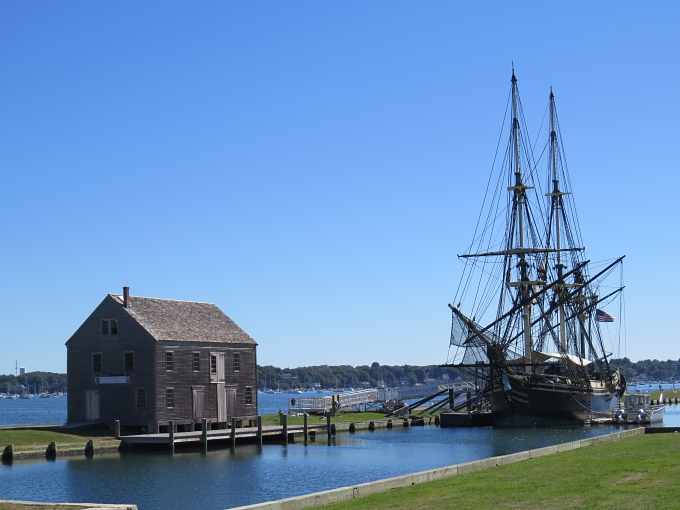Massachusetts' Other Cape - Cape Ann Pt.1
/If you're in Massachusetts and refer to “the Cape”, it's for certain you're talking about Cape Cod. There is, however, another cape … rocky Cape Ann … and, in its own way, it's every bit as lovely as Cape Cod, but much less touristy. Beyond the city of Gloucester (another blog post for another day), Cape Ann is home to the little towns of Rockport, Manchester-by-the-Sea and Essex and lots of little villages.
Driving along scenic Route 127 is a pleasure. It meanders close to the shore then curves inland and then back to the beach. You get a little taste of everything. The air smells salty and there are plenty of places to get out and stretch to appreciate the scenery and the day.
We whizzed through Manchester-by-the-Sea. There's no parking at the beach for non-residents. The town seems to have lots of rules which do not favor visitors. Once Puritans, always Puritans, I guess.
We took a tiny shore road to see the beach houses in the village of Magnolia. They're beyond what we'd ever be able to afford or want, but oh, some of them were lovely. The best part of this side trip was spotting the unique weathervanes that adorned the cupolas of the houses.
Each little town and village has something to offer in its own right, but the gem of them all on Cape Ann, in our opinion, is Rockport. Here is the quintessential little New England seaport village sitting right out on the tip of Cape Ann. It's breathtakingly lovely and it catches you as soon as it comes into view.
There's an old fishing shack on Bradley Wharf in Rockport Harbor that's known simply as Motif #1. Built in the 1840's, it's been the subject of many an artist's work and when you see it, you know why. We threaded our way around the harbor where glimpses of Motif #1 popped up unexpectedly down alleyways and from different vantage points. It's a gob-smacker of a view and my camera seemed to have a mind of its own as it snapped happily and David waited most patiently.
It's easy to wander here … up and down little streets, reading the posted menus of tiny little restaurants, peeking in shop windows at all the nautical novelties. A yodeling pickle? Really?
Bearskin Neck, a very tiny, tight, congested tourist area, is a specific area of town that sits out on a point. Once a military post during the War of 1812, it's now filled chock-a-block with galleries, souvenir shops and nosh opportunities. Lucky for us, it was a Tuesday and off-season. Evidently there was actually a bear that got caught in the tide in 1700 and was killed ... hence the name.
Continuing along Route 127A, the view over the Annisquam River was outstanding … enough so that David pulled off the road so I could walk back to take a photo.
We found a good spot on Wingaersheek Beach for a very late afternoon lunch break. Parking was available and free … even for visitors. We trudged up a deep sand path over the dunes and settled on some huge, smooth boulders for a wonderful low-tide view of a nearly deserted beach with the Annisquam Light in view. It really doesn't get much better.
The day was beginning to wane … and so were we. The little town of Essex would have to wait for another day. In case you noticed, we've completely missed talking about America's oldest seaport, Gloucester. Check in tomorrow because we sailors couldn't possibly miss the home of The Perfect Storm, sou'wester hats and anti-fouling paint.


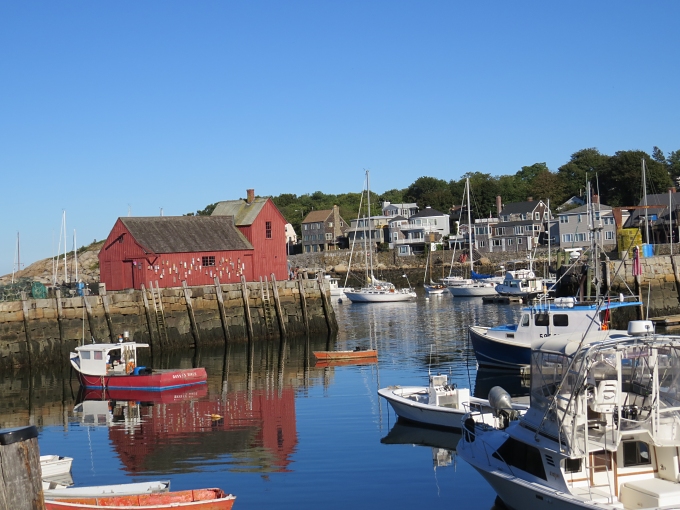


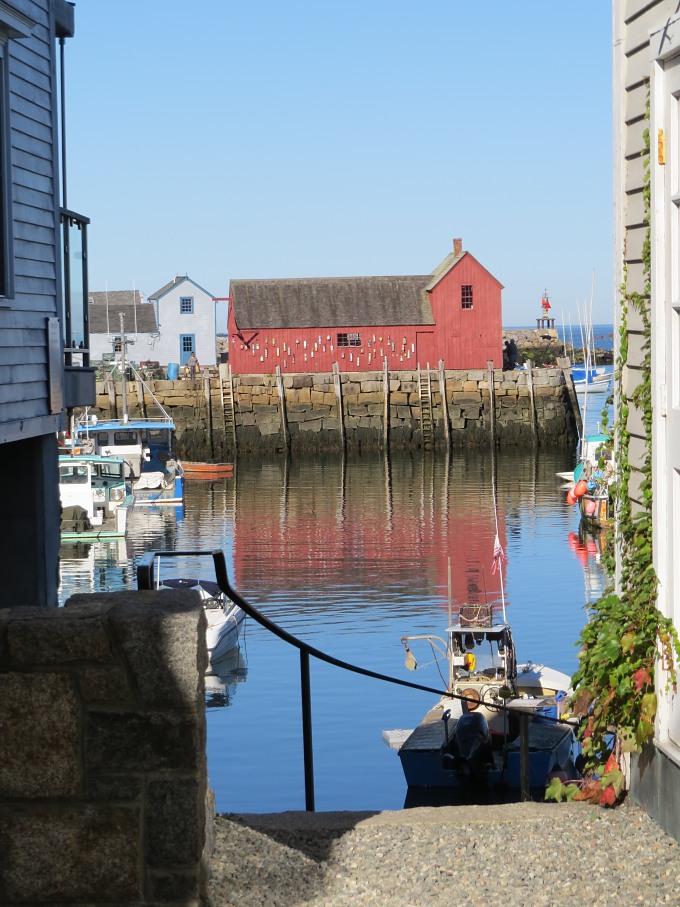
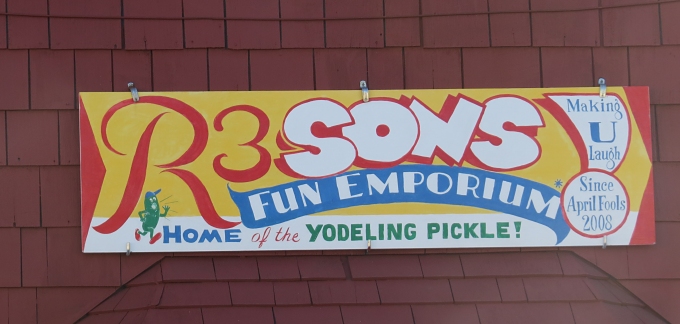











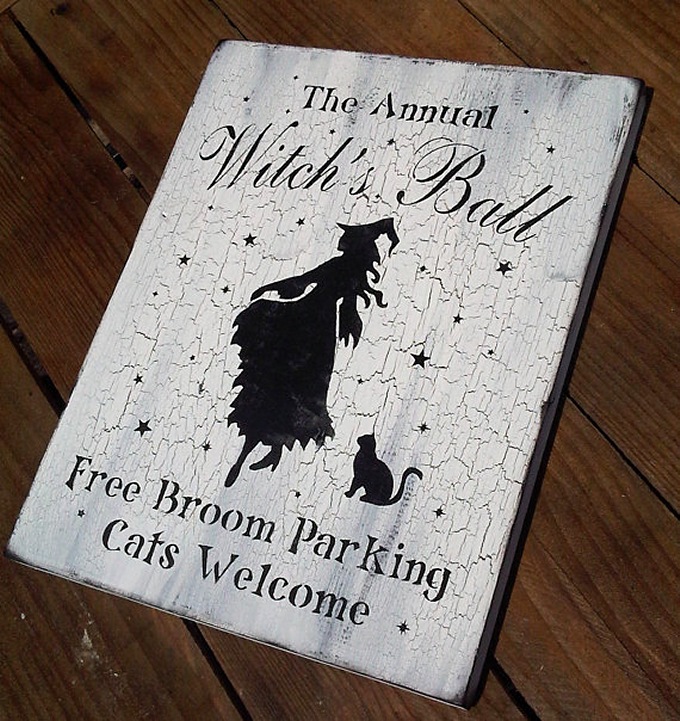



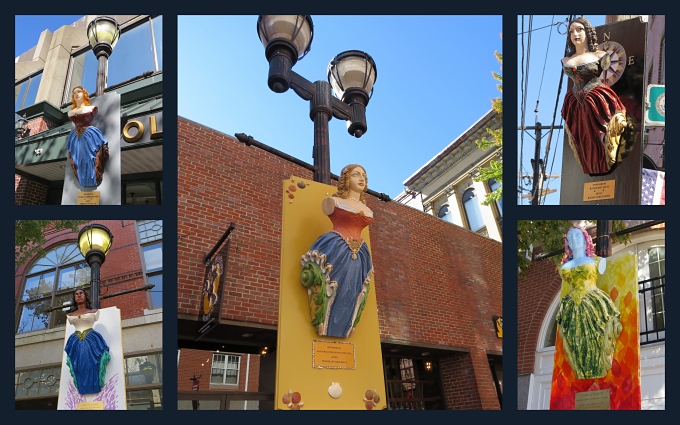



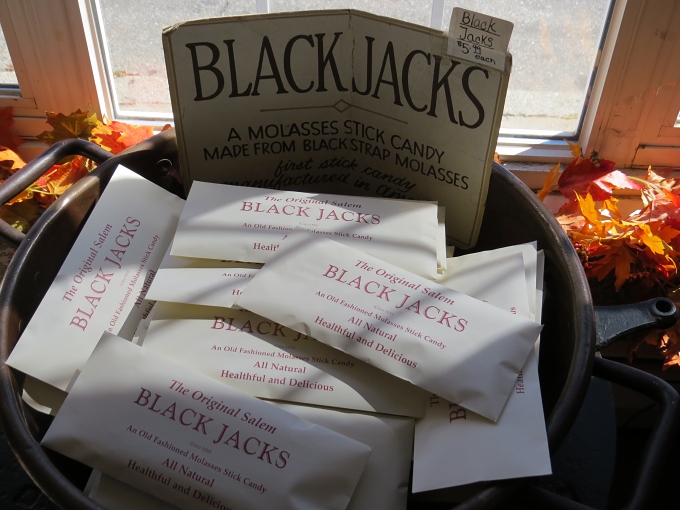

 aboard Nine of Cups. Some books are timeless.
aboard Nine of Cups. Some books are timeless.